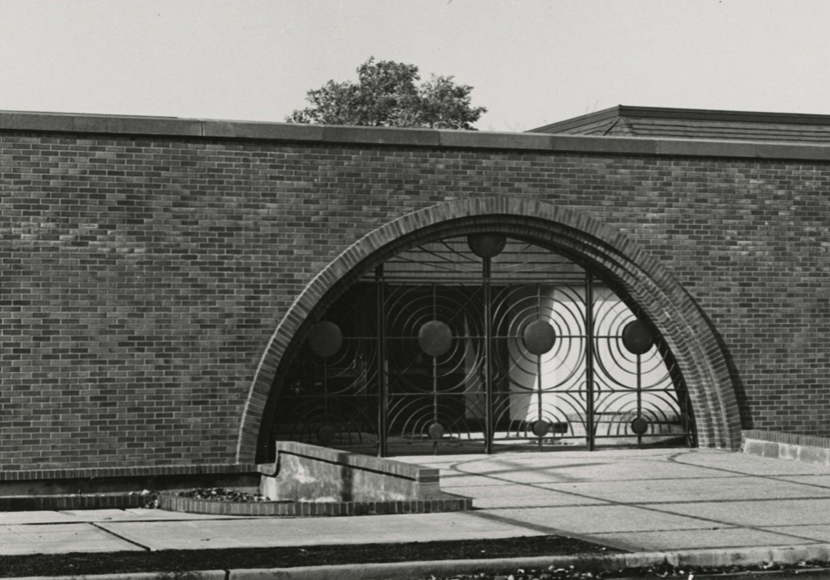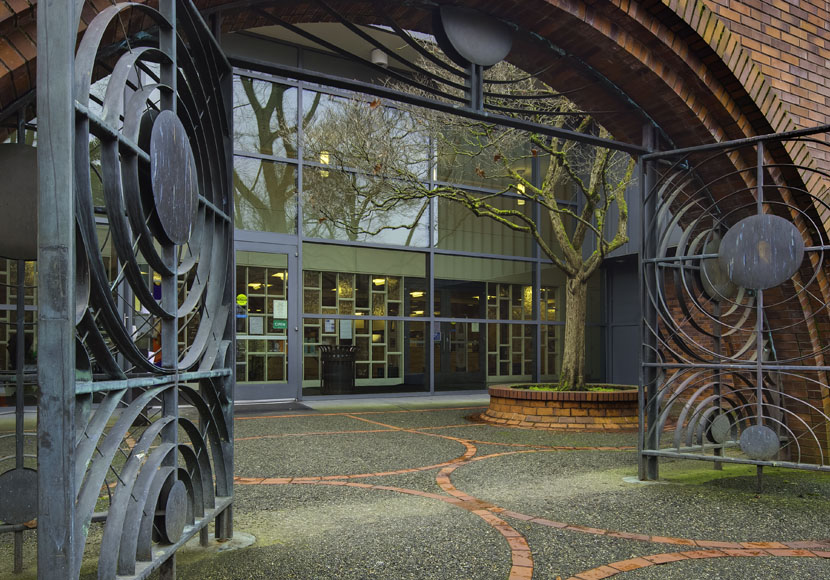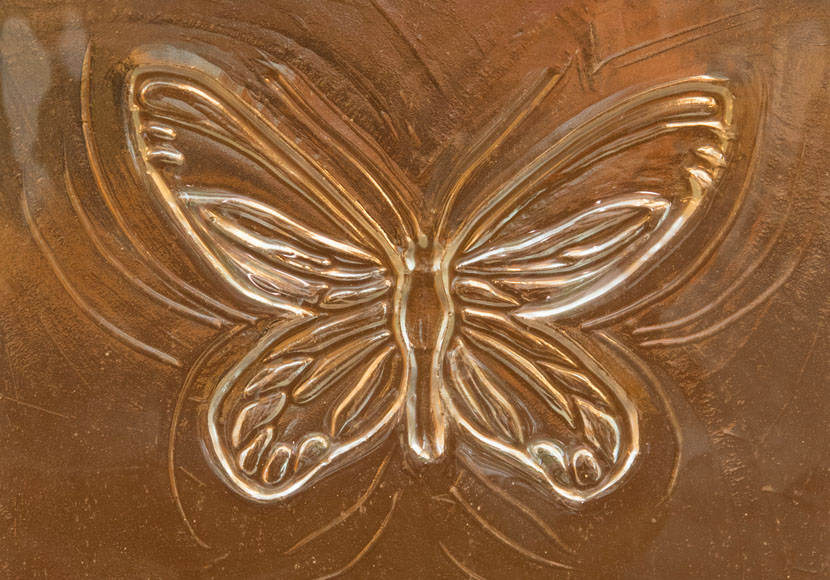Lake City Branch Highlights
The Lake City Branch is part of Northeast Seattle’s municipal center. Nearby amenities include a neighborhood service center and Albert Davis Park.
In the summer and early fall, a neighborhood farmers market is open weekly outside the library.
History

Serving the Lake City community since 1935
Library service in Lake City dates to 1935. A community group collected donated books and set up a small lending library in a school classroom. In 1944, the Lake City library became the second branch in the newly established King County Library System.
In 1954, the city of Seattle annexed the Lake City area. The Seattle Public Library took over the former King County branch and moved to a bank building in 1955.
The Lake City community requested more recreation space and facilities. This resulted in a unique agreement between the Lions Club and the city of Seattle in 1964. The Lions Club donated their building and grounds to the city. The former site was sold to The Seattle Public Library Board for a new Lake City Branch library.
In 1965, the Lake City Branch moved into its own building. The building was funded by a Library bond measure passed in 1956. The branch features front gates designed by artist George Tsutakawa. The building received an Award of Merit from the American Institute of Architects.
After voters approved the 1998 Libraries for All building program, the Lake City Branch was expanded in 2005. The expanded branch is part of a municipal center which includes the City of Seattle Customer Service Center, the past and future site of the Lake City Community Center, and Albert Davis Park.
In 2018, the Lake City Branch was remodeled thanks to the voter-approved 2012 Library Levy. The improvements added about 1,600 square feet of public space by opening up the entrance and corridor. Workers reconfigured the interior layout to create flexible spaces for children, teens and adults. More power outlets were installed, and technology access was upgraded. An acoustical ceiling was added, as well as a laptop bar by the main entrance. More study rooms were added and one has a glass wall that lists all the names of donors who contributed towards the remodel. Extra seating was also added to the right of the main checkout desk. The building reopened in January 2019.
Architecture

The building has a grand entrance courtyard. Bronze gates by renowned Seattle artist and sculptor George Tsutakawa invite people to enter within. The brick and metal-clad exterior echoes the brick used in the original structure. Remodeling the interior exposed the brick walls of the original building. The walls had previously been covered by shelving.
In 2001, Seattle's Landmarks Preservation Board named the branch a landmark building.
Architects: ARC Architects, 2005; John Morse and Associates, 1965.
Art

The building includes artwork by Portland artist Linda Haworth, who created 71 cast glass panels using hand-carved molds of objects that represent the theme "Collections." Haworth and local artist Jane Grafton held a community workshop and asked patrons to bring in the objects they collected, which inspired the finished work.
The Rotary Club of Lake City commissioned Grafton to create a series of recycled tin pennants for the branch. The flags feature a no-longer-used alphabet called the Ogham Alphabet. Each symbol represents not only a letter but also a particular type of tree, and a corresponding visual representation of that given tree. Grafton invited school-age kids to a series of workshops to create the banners, which helped them gain a greater understanding of recycled materials.
Named Spaces
Spaces named for donors include:
- Henrietta H. Davis Children's Area
- Nancy O’Leary Pew Project Room

